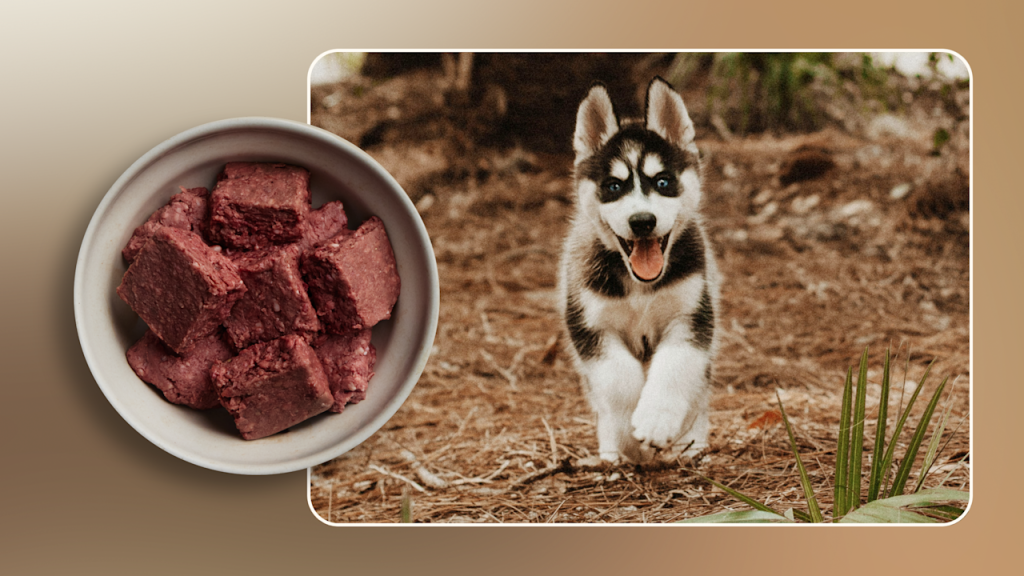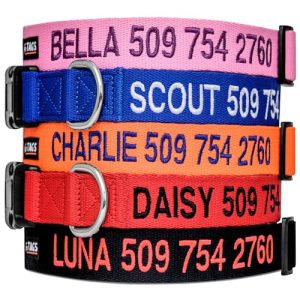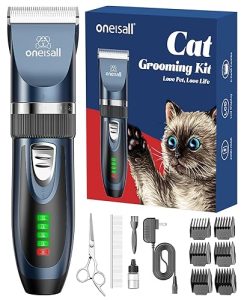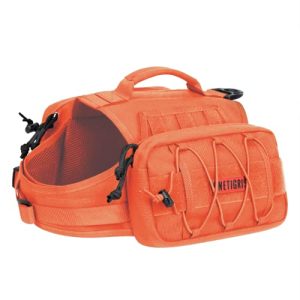Are you wondering when it’s the right time to switch your Husky to adult dog food? You’re not alone.
Many Husky owners find themselves puzzled over this important transition. Feeding your Husky the right food at the right time is crucial for their health and happiness. You want to ensure they’re getting the nutrition they need to grow strong and stay active.
This decision isn’t just about age; it’s about recognizing the signs that your furry friend is ready for a change. Let’s dive into the key indicators and expert tips that will help you make this transition smoothly. Keep reading to discover how you can give your Husky the best start to their adult years.
Growth Stages Of Huskys
Huskys grow fast and need different foods at each stage. Feeding the right food helps them stay healthy.
Knowing when to switch to adult dog food is important. It depends on how your Husky grows and changes.
Puppy Phase
Husky puppies grow quickly and need special puppy food. Puppy food has extra nutrients for strong bones and muscles.
This phase lasts until your Husky is about 6 months old. Keep feeding puppy food during this time for good growth.
Adolescent Changes
From 6 months to 12 months, Huskys enter adolescence. Their growth slows but they still need good nutrition.
During this phase, you can start mixing adult food with puppy food. This helps them adjust to adult food slowly.
- Growth rate slows
- Energy levels remain high
- Diet begins transition to adult food
Adult Maturity
Huskys reach adult size around 12 months old. At this time, switch fully to adult dog food.
Adult food supports their daily energy and keeps them healthy. It has balanced nutrients for mature dogs.
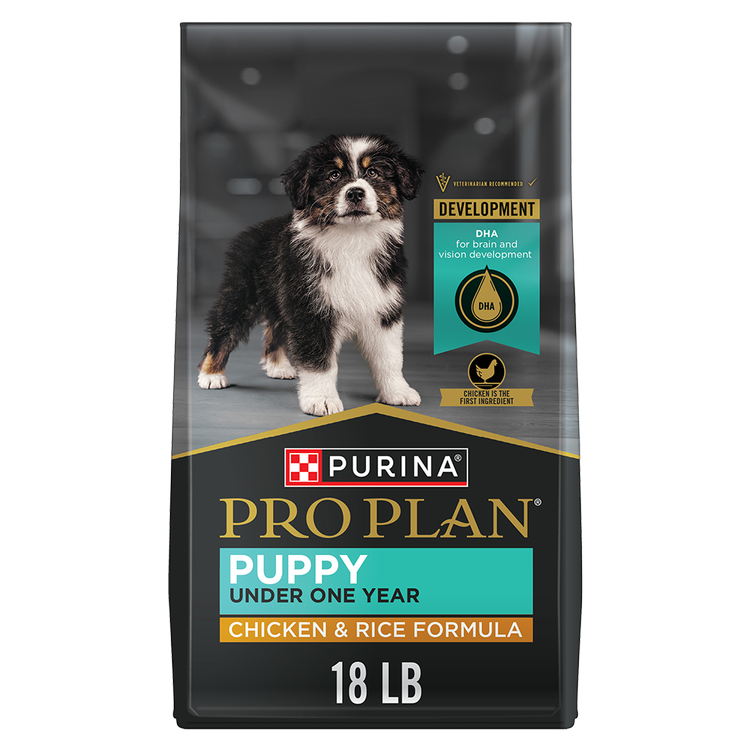
Credit: www.purina.com
Signs Huskys Need Adult Food
Huskys grow fast and need the right food at each stage. Feeding adult dog food at the right time helps keep them healthy. Watch for signs that show your husky is ready for adult food.
Knowing when to switch helps meet their changing needs. This guide covers physical, behavioral, and nutritional signs to look for.
Physical Development Indicators
Huskys show clear body changes as they grow. These changes tell you when to change their diet from puppy to adult food.
- Teeth are fully grown and strong
- Body size stops growing rapidly
- Muscle tone becomes more defined
- Coat becomes thicker and shinier
Behavioral Changes
Behavior shifts as huskys mature. These changes can signal readiness for adult food.
| Behavior | What It Means |
|---|---|
| Lower energy bursts | Less need for high-calorie puppy food |
| More focused training sessions | Brain development nearing adult stage |
| Change in play style | Less rough, more controlled movements |
Nutritional Needs Shift
As huskys grow, their food needs change. Adult dog food has different nutrients to support their health.
Key differences in adult food include:
- Lower calories to prevent weight gain
- More protein for muscle maintenance
- Balanced fats for energy and coat health
- Added vitamins for immune support
Choosing The Right Adult Dog Food
Switching your husky to adult dog food is important for their health. Adult dog food meets their growing needs and supports their energy levels.
Choosing the right food helps keep your husky strong, active, and healthy throughout adulthood.
Key Nutrients For Huskys
Huskys need balanced nutrients to stay healthy. Protein helps build muscles, while fats give energy for their active lifestyle. Vitamins and minerals support their immune system.
- High-quality protein from meat or fish
- Healthy fats like omega-3 and omega-6
- Vitamins A, D, and E for skin and coat health
- Minerals such as calcium and phosphorus for bones
- Fiber to aid digestion
Quality Ingredients To Look For
Look for dog food with natural ingredients. Real meat should be the first on the list. Whole grains and vegetables add fiber and nutrients. Avoid foods with fillers and by-products.
| Ingredient | Benefit |
| Real chicken or fish | Strong muscles and energy |
| Brown rice or oats | Good digestion and fiber |
| Carrots and peas | Vitamins and antioxidants |
| Flaxseed or fish oil | Healthy skin and shiny coat |
Avoiding Common Additives
Many dog foods have additives that can harm your husky. Avoid artificial colors, flavors, and preservatives. These can cause allergies or upset stomachs.
- No artificial colors or dyes
- No synthetic preservatives like BHA or BHT
- No added sugar or sweeteners
- No fillers such as corn or soy

Credit: www.reddit.com
Transitioning Diet Smoothly
Switching your Husky to adult dog food needs care. A smooth change helps avoid stomach problems.
Plan the transition to keep your dog healthy and happy during the change.
Gradual Food Introduction
Start by mixing a small amount of adult food with puppy food. Increase adult food slowly over 7 to 10 days.
This gentle change helps your Husky’s body adjust to new nutrients and taste.
- Day 1-3: 25% adult food, 75% puppy food
- Day 4-6: 50% adult food, 50% puppy food
- Day 7-9: 75% adult food, 25% puppy food
- Day 10: 100% adult food
Monitoring Digestive Health
Watch your Husky’s stool and energy after changing food. Digestive issues can show if the transition is hard.
Check for diarrhea, constipation, or vomiting. Contact a vet if problems last more than two days.
- Normal stool means good digestion
- Loose stool may mean food change is too fast
- Lack of appetite can signal discomfort
Adjusting Portion Sizes
Adult Huskys need less food than puppies. Feed the right amount to keep a healthy weight and energy.
Check the food package for portion guides. Adjust portions based on your dog’s activity and weight.
- Use a measuring cup for accuracy
- Feed 2-3 times daily for adult Huskys
- Reduce portions if weight gain occurs
Special Considerations For Huskys
Switching your Husky to adult dog food needs care. Huskys have unique needs different from other dogs.
Knowing when to change their diet helps keep them healthy and active for years.
Activity Level Impact
Huskys are very active dogs. Their high energy means they need more calories and nutrients than less active breeds.
- Active Huskys need food with more protein for muscle strength.
- Less active Huskys need fewer calories to avoid weight gain.
- Adjust food amount based on daily exercise.
Weight Management
Maintaining a healthy weight is key for Huskys. Overfeeding can lead to obesity and joint problems.
| Weight Status | Feeding Advice |
| Underweight | Increase portion size and calories |
| Ideal Weight | Feed recommended daily amount |
| Overweight | Reduce food intake and increase exercise |
Health Conditions And Diet
Some Huskys have health issues that affect their diet. Food changes should consider these conditions.
Common health-related diet tips for Huskys:
- Joint problems may need food rich in omega-3 and glucosamine.
- Skin allergies require hypoallergenic or limited ingredient diets.
- Digestive issues call for easily digestible food with probiotics.
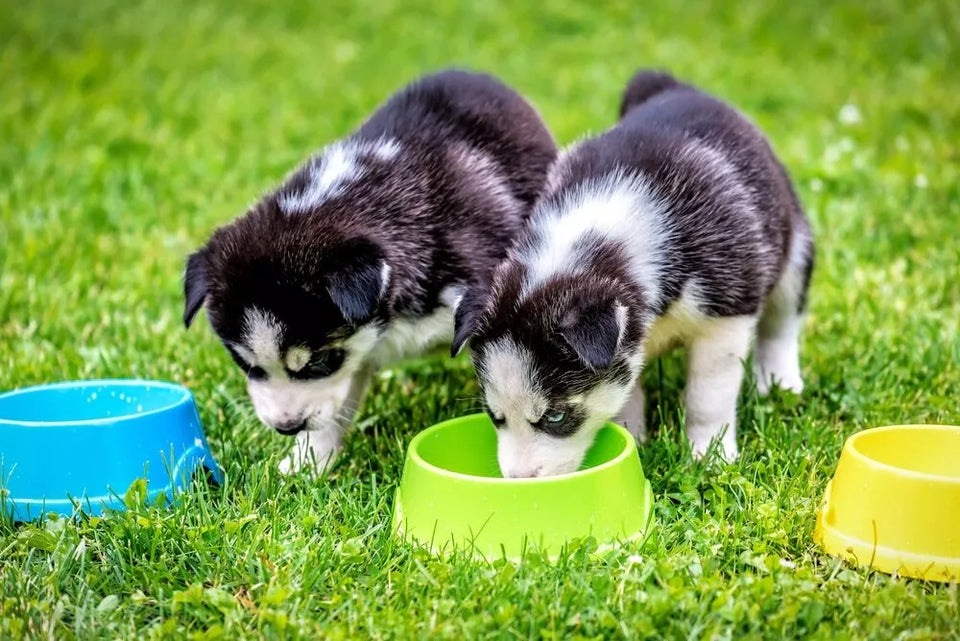
Credit: timberwolfpet.com
Consulting Your Veterinarian
Switching your husky to adult dog food needs careful thought. Your veterinarian is the best guide for this change.
They can help decide the right time and food type for your husky’s health needs.
When To Seek Professional Advice
Look for signs that your husky may need a new diet. These include changes in weight, energy, or eating habits.
- Notice sudden weight gain or loss
- Observe if your dog seems less active
- Check if your husky refuses food or eats less
- Watch for digestive problems like vomiting or diarrhea
Customizing Diet Plans
Your veterinarian will create a diet plan based on your husky’s age, size, and health. This plan ensures your dog gets all needed nutrients.
| Age | Protein (%) | Fat (%) | Notes |
| Puppy | 22-28 | 8-15 | High energy needs |
| Adult | 18-25 | 8-12 | Maintain weight and health |
| Senior | 16-22 | 5-10 | Lower calories, joint support |
Regular Health Check-ups
Schedule regular vet visits to track your husky’s health after switching foods. These visits help catch problems early.
- Monitor weight and body condition
- Test for allergies or food sensitivities
- Update diet plan as your husky ages
- Ask about supplements if needed
Frequently Asked Questions
When Should Huskys Transition To Adult Dog Food?
Huskys typically switch to adult dog food between 12 to 18 months. This depends on their growth rate and activity level. Consult your vet for personalized advice to ensure a smooth dietary transition.
What Signs Indicate Huskys Need Adult Dog Food?
Signs include slowed growth, decreased calorie needs, and changes in energy levels. Adult dog food supports mature Huskys with balanced nutrients. Watch for these cues to know when to switch.
How To Choose The Right Adult Dog Food For Huskys?
Select food with high protein, moderate fat, and essential vitamins. Ensure it meets AAFCO standards for adult maintenance. Quality ingredients support Huskys’ energy and coat health.
Can Switching Too Early Harm My Husky?
Yes, early switching may cause nutritional deficiencies or digestive issues. Puppies need higher calories and nutrients for growth. Always transition at the right age to avoid problems.
Conclusion
Switching your husky to adult dog food is key for their health. Watch their growth and energy to know the right time. Usually, this happens between one and two years old. Choose food with good nutrients for their active lifestyle.
A proper diet helps keep their coat shiny and muscles strong. Always check with your vet if you are unsure. Feeding the right food supports a happy, healthy husky for years. Small changes make a big difference in their well-being.
Stay attentive and enjoy the journey with your furry friend.

Emily Barker is the founder of ChillDogLife.com, a space dedicated to helping pup parents discover the best dog products, lifestyle tips, and cozy ideas for happier homes.
A lifelong dog lover, Emily combines her passion for pets with a knack for research to share trusted recommendations on everything from toys and furniture to health and everyday care.
Her goal is simple: to make life easier, stylish, and more joyful for dogs and the people who love them.
